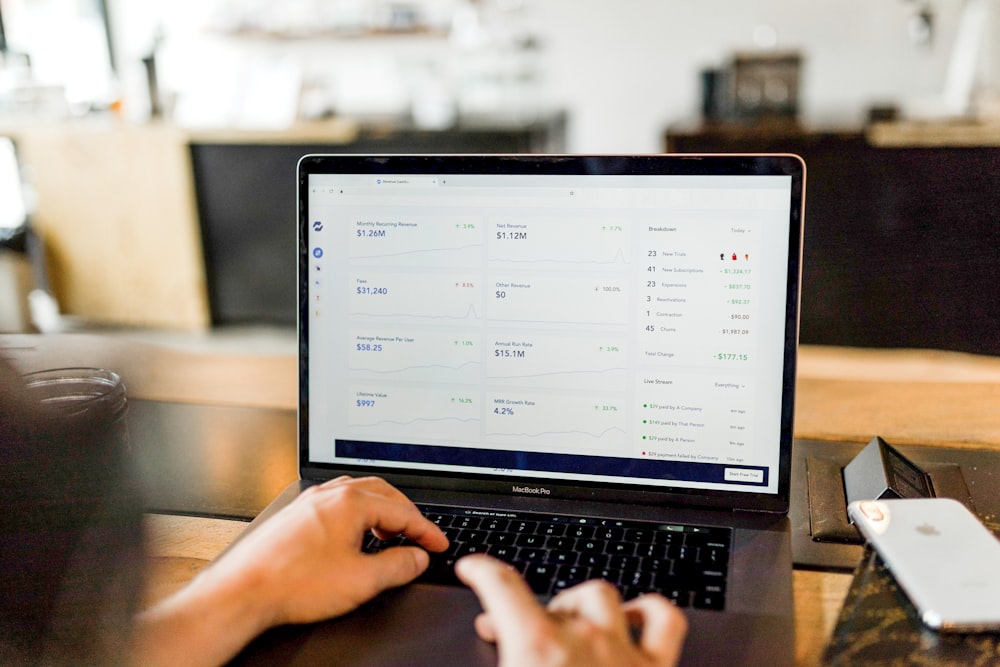Robo-Advisors: Your AI-Powered Financial Partner
Gone are the days of relying solely on human financial advisors. Robo-advisors, powered by sophisticated algorithms, offer automated portfolio management tailored to your risk tolerance and financial goals. These platforms typically require a smaller initial investment than traditional advisors and charge lower fees, making them accessible to a wider range of investors. They continuously monitor and rebalance your portfolio, adjusting it as market conditions change. While they lack the personalized touch of a human advisor, their efficiency and cost-effectiveness make them a compelling option, especially for beginners.
Micro-Investing Apps: Saving for the Future, One Dollar at a Time
For those with limited funds, micro-investing apps provide a convenient way to start investing. These apps allow you to invest spare change, round up purchases, or invest small, regular amounts. They often offer fractional shares, allowing you to invest in companies even if their stock price is high. This approach removes the barrier of needing a large sum to begin investing, making it perfect for young adults or those just starting their investment journey. The ease of use and the psychological benefit of regular, even small, contributions contribute to long-term growth.
AI-Powered Stock Screeners: Sifting Through Data for Better Investment Choices
Choosing individual stocks can be overwhelming, given the sheer volume of information available. AI-powered stock screeners help you navigate this complexity by analyzing vast amounts of data, identifying potential investment opportunities based on your criteria. These tools can filter stocks based on various factors like valuation, growth potential, financial health, and industry trends. While they don’t guarantee success, they significantly streamline the research process, providing a more data-driven approach to stock selection. Remember to still conduct your own due diligence before making any investment decisions.
Algorithmic Trading Platforms: Executing Trades with Precision and Speed
Algorithmic trading, or automated trading, leverages computer programs to execute trades based on pre-defined rules and parameters. These platforms can analyze market data in real-time, identify profitable trading opportunities, and execute trades much faster than a human trader. While sophisticated, they require a good understanding of trading strategies and risk management. These platforms are typically used by experienced investors and often involve higher risk, so careful consideration and potentially professional advice are crucial.
Personalized Financial Planning Tools: Mapping Your Path to Financial Freedom
Many online platforms now offer sophisticated financial planning tools that go beyond simple investment tracking. These tools can help you project your retirement needs, estimate college savings requirements, or model the impact of different financial decisions. They incorporate factors like inflation, taxes, and potential returns to provide a personalized picture of your financial future. Using these tools allows for more informed decision-making, enabling you to adjust your savings and investment strategies proactively to achieve your goals.
Blockchain and Cryptocurrencies: Exploring the Decentralized Finance Revolution
Blockchain technology and cryptocurrencies are disrupting traditional finance. While highly volatile, cryptocurrencies offer diversification opportunities and exposure to a rapidly evolving technological landscape. Investing in cryptocurrencies requires a high-risk tolerance and a thorough understanding of













